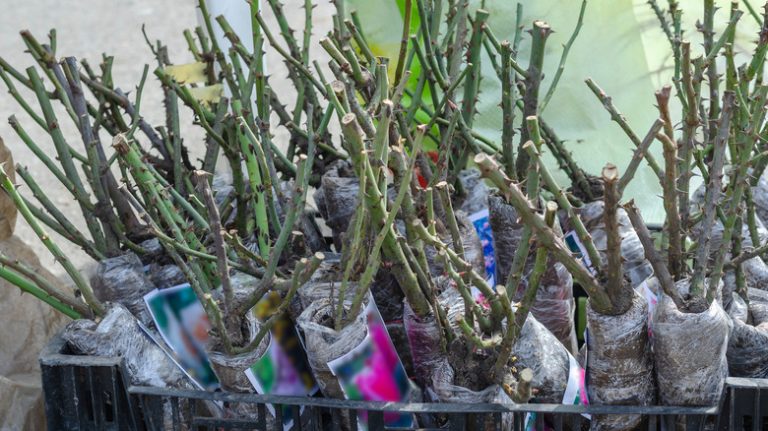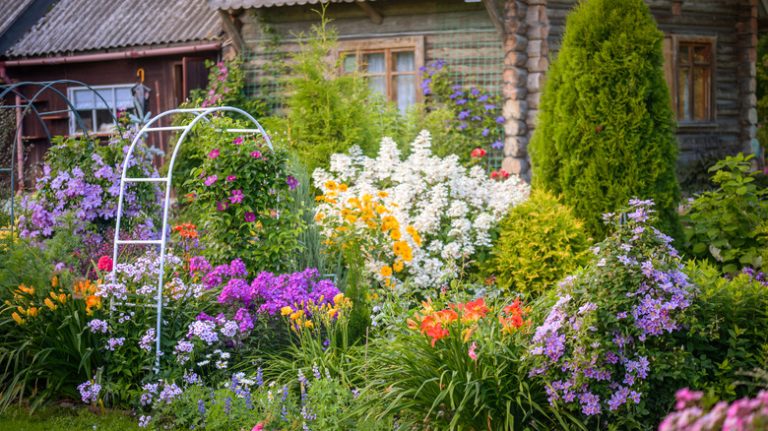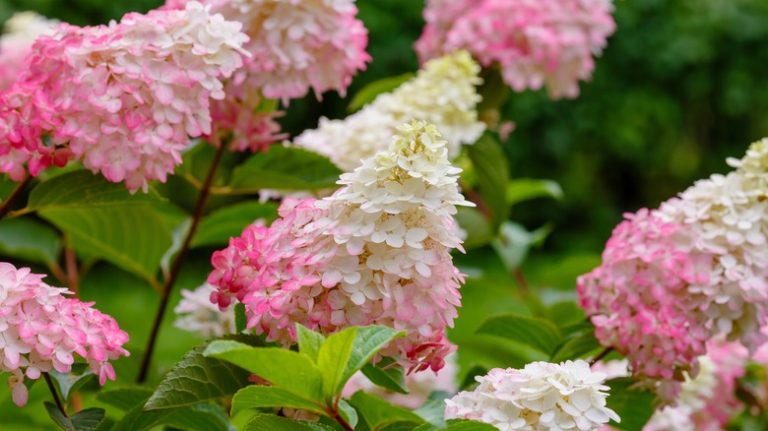Iris douglasiana, also known as Douglas iris, is a special species of iris that is native to the Pacific West region of the United States. This beautiful flowering plant prefers to grow in natural habitats along the coast, where it can experience the full range of coastal weather conditions and rainfall.
One of the characteristic features of Iris douglasiana is its ability to naturalize and form colonies in the wild. In your garden, these irises can be a stunning addition to flower beds or woodland areas, providing a touch of natural beauty.
When caring for Iris douglasiana, it’s important to note that these plants are drought-tolerant and can handle a wide range of soil conditions. However, they do prefer well-draining soils, so consider adding organic matter to improve drainage if your soil is poorly draining.
The size and color of the flowers of Iris douglasiana vary depending on the weather conditions and geographic distribution. The flowers can range from deep purple to light green, making them a visually striking addition to any garden.
Iris douglasiana is not only a beautiful addition to your garden, but it also plays an important role in the conservation of native plants. By planting these irises, you are contributing to the preservation of American native flower species. So, why not bring a piece of the Pacific West into your garden with Iris douglasiana?
In conclusion, if you’re looking for a native plant that is both beautiful and tolerant of a variety of weather and soil conditions, Iris douglasiana is the perfect choice. Its unique characteristics and ability to naturalize make it an ideal addition to flower beds, woodland areas, or even aquariums! So, watch it grow and enjoy the beauty of Iris douglasiana in your own garden.
For more detailed information on how to care for Iris douglasiana and its distribution in different geographic areas, refer to the notes and resources provided by the American Iris Society.
Note: Iris douglasiana is a member of the Iridaceae family, which includes other irises.
Douglas Iris West Coast Flowers
The Douglas Iris (Iris douglasiana) is a native flower of the West Coast of the United States. It is a popular choice for gardens due to its beautiful characteristics and stunning flowers. The flowering period of the Douglas Iris is from April to June, during which time it produces lovely blooms in shades of purple, blue, and white. The flowers are followed by capsules that contain the plant’s seeds, allowing it to reproduce and naturalize in the garden.
The Douglas Iris is traditionally found in coastal areas and prefers well-drained soils. It thrives in the Pacific Northwest, where the cool, wet weather and rich organic soils provide optimal conditions for its growth. The Douglas Iris can tolerate a wide range of light conditions, from full sun to shade, making it a versatile choice for different areas of the garden. However, it is important to note that the plant may require some protection from extreme weather stresses, such as strong winds or heavy rainfall.
Caring for the Douglas Iris is relatively easy. It is a drought-tolerant species, but it still benefits from regular watering, especially during dry periods. Providing adequate drainage is crucial to prevent the plant’s roots from sitting in water for prolonged periods, as it can lead to root rot. Adding organic matter to the soil can improve drainage and create a more hospitable environment for the Douglas Iris to thrive.
To plant the Douglas Iris in your garden, choose a location that receives adequate sunlight and has well-draining soil. Dig a hole slightly larger than the plant’s root ball and place the iris in the hole, ensuring that the crown is level with the soil surface. Backfill the hole with soil, firming it gently around the plant’s roots. Water the iris thoroughly after planting to settle the soil and provide moisture to the roots.
For more information on the distribution and habitat of the Douglas Iris, consult our notes on the species. The Douglas Iris grows in colonies along the West Coast, from northern California to British Columbia. It is commonly found in woods, meadows, and wetland areas, where it provides food and habitat for various wildlife species. Its presence in the garden can attract butterflies, bees, and other pollinators, making it a valuable addition to any flower bed or garden.
Douglas Iris for Traditional Flower Beds
If you’re looking to add a touch of natural beauty to your traditional flower beds, consider planting Douglas Iris (Iris douglasiana). These irises are native to the coastal woods of the Pacific Northwest and can thrive in a variety of geographic areas, making them a great addition to gardens across the country.
Douglas Iris is a species in the Iridaceae family. It grows best in areas with well-draining, organic soils, and it prefers full sun or light shade. These irises are known for their beautiful flowers, which come in a range of colors, including purple, blue, white, and yellow. The flowers bloom in the spring and can attract bees and other pollinators to your garden.
One of the characteristics that make Douglas Iris a great choice for traditional flower beds is its ability to naturalize. Once planted, the irises will reproduce and form colonies, creating a stunning display of color in your garden. They can also tolerate a wide range of weather conditions, from heavy rainfall to drought, making them a resilient and low-maintenance option for your flower beds.
When caring for Douglas Iris in your flower beds, it’s important to provide them with the right conditions. Make sure the soil is well-draining to prevent root rot and water the plants regularly, especially during dry periods. You can also add a layer of organic mulch around the base of the plants to help retain moisture and suppress weed growth.
In addition to their physical beauty, Douglas Iris also has special conservation value. It is a native plant to the Pacific Northwest and plays an important role in the food web, making it a crucial resource for native wildlife. Planting Douglas Iris in your flower beds can contribute to the preservation of these important ecosystems.
In summary, Douglas Iris is a stunning addition to traditional flower beds. Its beautiful flowers, tolerance to a variety of weather conditions, and ability to naturalize make it a versatile and low-maintenance option. By planting Douglas Iris, you can not only enhance the beauty of your garden but also contribute to the conservation of native plant species.
Douglas Iris in Your Drought-Tolerant Garden
If you’re looking for a beautiful plant that can thrive in drought conditions, consider the Douglas iris (Iris douglasiana). This species is native to the coastal regions of the west coast of North America, particularly in the Pacific Northwest. It is a member of the Iridaceae family and shares many characteristics with other iris plants.
The Douglas iris prefers well-draining soils and can tolerate poor soil conditions. It often naturalizes and forms colonies in its native habitat, making it a great choice for gardens that aim to mimic its natural distribution. This iris grows best in full light, though it can tolerate some shade.
One of the notable features of the Douglas iris is its size. It typically grows to be around three feet tall and wide, creating a stunning display of delicate flowers in the late spring and early summer. The flowers can be various shades of blue, purple, white, or even yellow, depending on the geographic location. Their physical characteristics include three sepals and three petals, with a central capsule that holds the seeds for reproduction.
If you decide to add Douglas irises to your garden, it’s important to note that they require minimal care. They are drought-tolerant and can withstand dry spells without needing supplemental water. However, they will benefit from some water during prolonged droughts or exceptionally hot weather. Additionally, they do well with organic mulch and will appreciate occasional fertilization.
In terms of garden placement, the Douglas iris works well in beds along the coast or in coastal gardens. However, it can also thrive in inland gardens with well-draining soil. Whether you plant them in traditional flower beds or in more naturalized areas, these irises can add beauty and interest to your landscape.
When it comes to companion plants, consider species that also thrive in drought conditions, such as native grasses or succulents. These can provide a visually appealing contrast to the irises and create a low-maintenance, water-wise landscape.
In conclusion, the Douglas iris (Iris douglasiana) is a stunning addition to any drought-tolerant garden. With its beautiful flowers, easy care requirements, and ability to withstand dry weather, this iris can thrive in various garden settings. Whether you are looking to create a coastal garden or conserve water in a dry climate, the Douglas iris is a fantastic choice.
For more information on the Douglas iris or other related species, consult gardening books, visit botanical gardens, or reach out to local gardening clubs for detailed advice and tips specific to your region.
Plant Douglas Iris in Poorly Draining Areas
The Douglas Iris (Iris douglasiana) is a species of iris that grows in poorly draining areas. This iris is native to the Pacific coast of North America, particularly in the coastal woods and beds. It is part of the Iridaceae family and is known for its beautiful flowers.
Douglas Iris prefers soils with poor drainage, making it ideal for planting in areas where other plants may struggle to thrive. Its habitat is typically characterized by moist and organic-rich soils that retain water. The iris has adapted to these conditions to survive and even thrive.
This iris species is drought-tolerant and can withstand some harsh weather conditions. It is able to withstand long periods of dry weather and has developed mechanisms to conserve water. This makes it a great choice for gardeners looking for a low-maintenance and sustainable plant for their poorly draining areas.
When planting Douglas Iris, it’s important to take into account its specific needs. It prefers to be planted in full sun or light shade and requires well-drained soil. If your soil tends to retain water, you can improve the drainage by adding organic matter or creating raised beds.
The Douglas Iris is known for its beautiful flowers, which arise from its capsule-shaped capsules. The flowers come in a variety of colors, including shades of blue, purple, pink, and white. They add a touch of elegance to any garden or landscape.
In terms of reproduction, Douglas Iris can spread and form colonies in suitable habitats. The plants produce seed capsules that contain viable seeds. These seeds can be dispersed by wind, animals, or water, allowing the iris to naturally colonize new areas.
Caring for Douglas Iris in poorly draining areas is relatively easy. Once established, the plants are fairly self-sufficient and only require minimal care. However, it’s important to monitor the weather and rainfall to ensure the plants receive enough water during dry spells.
In summary, the Douglas Iris (Iris douglasiana) is a native and drought-tolerant iris species that grows well in poorly draining areas. Its geographic distribution is mainly along the Pacific coast of North America. This iris species has adapted to its habitat’s specific characteristics and thrives in moist and organic-rich soil. By planting Douglas Iris, you can add a touch of natural beauty and conservation to your garden while enjoying its stunning flowers.



